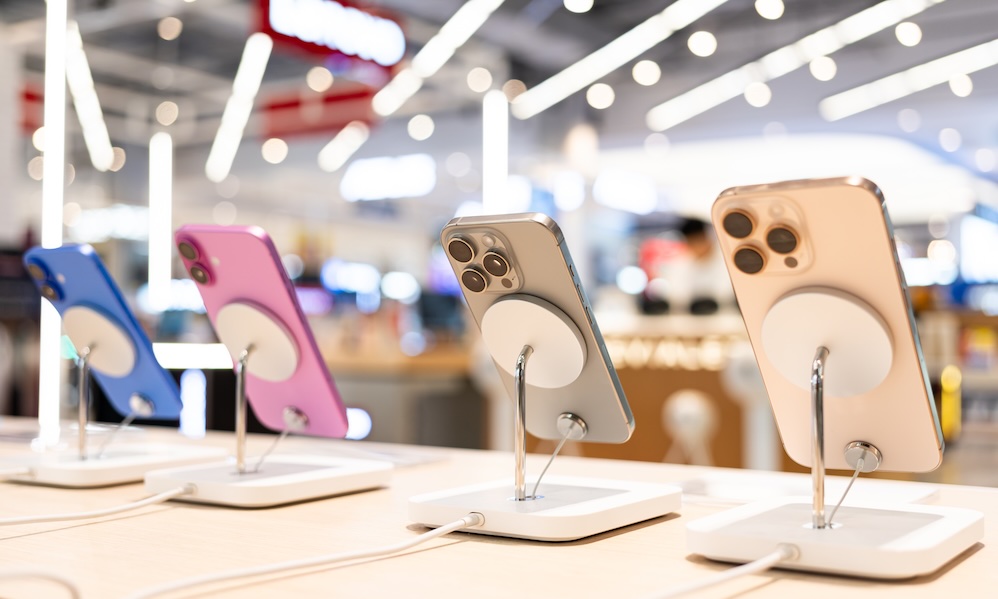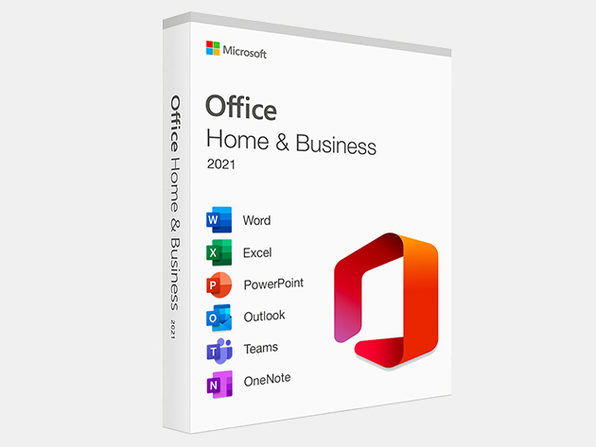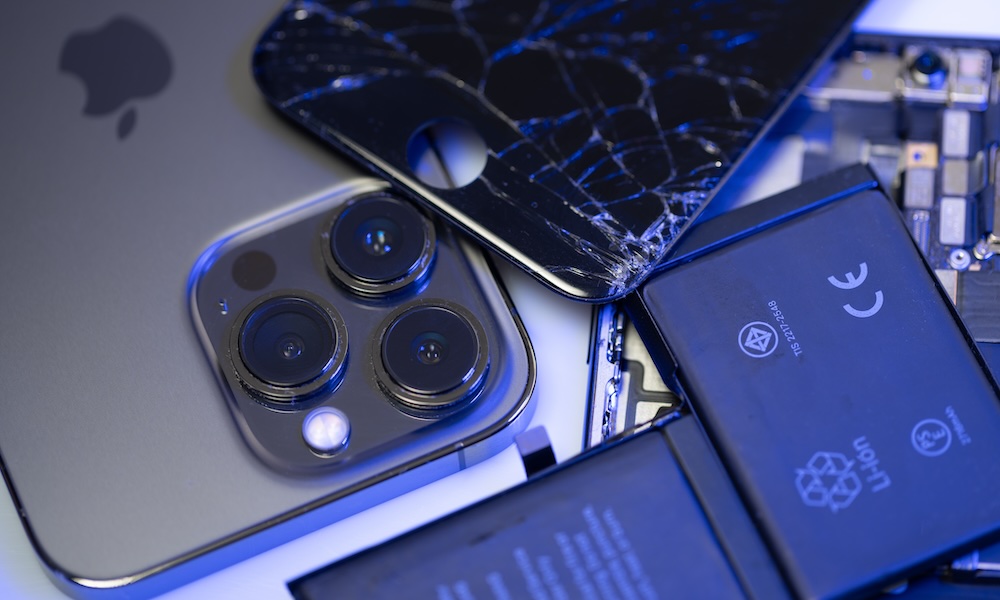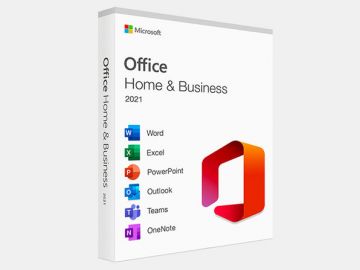Hang On To Your iPhone 16 — Here’s Why
 Wongsakorn / Adobe Stock
Wongsakorn / Adobe Stock
Toggle Dark Mode
The future cost of just about everything is up in the air. This is especially true with iPhones and other Apple devices. In addition to the uncertainty created by the Trump administration’s tariffs, rising chip costs and a trade war on rare earth minerals and magnets used to manufacture iPhone components are also potentially on the horizon. Did you buy an iPhone 16? If so, it may be more valuable than you realize. Why? It’s not just about tariffs.
iPhone Parts Pairing and iPhone 16 Repairability
Apple has long faced scrutiny about its controversial parts pairing practices. iPhone parts pairing is a security and functionality feature Apple uses to ensure specific key iPhone components — like the battery, display, screen, and Face ID sensors — are correctly matched to the device’s logic board. If a part is replaced with a non-genuine, unpaired, or unauthenticated one, the iPhone will detect it and lose certain functionality.
For example, with the iPhone 13, if the screen is replaced, it could break Face ID because the screen and sensors need to be paired using a process only available to authorized Apple repair shops. With the iPhone 15, if the battery is replaced by a repair shop that is not approved by Apple, the battery health and charging cycle count functionality is lost. Similarly, if an iPhone 15 display is replaced without Apple’s authorization, the device could lose the True Tone feature. True Tone adjusts the display’s color and intensity to match the ambient lighting, making the screen more comfortable to view.
While Apple has claimed parts pairing is critical to device security, theft prevention, and counterfeit part usage, they’ve faced fines and class action lawsuits. Parts pairing has a detrimental impact on self-repair and third-party repair shops. Any third-party repairs could result in limited functionality unless the part is paired using Apple’s System Configuration Tool, available only to authorized shops and technicians.
While the iPhone models 12, 13, and 14 have strict parts pairing, Apple revised its approach to DIY and third-party repair and parts pairing with the iPhone 15 and iOS 18. Now, users and repair professionals can replace components like the Face ID sensor, battery, and display with genuine Apple parts sourced from other devices while maintaining all functionality. While some DIY repairs aren’t for the faint of heart, iOS 18’s Repair Assistant allows for pairing and calibrating new parts from the iPhone.
Not only is the iPhone 16 Apple’s latest model, but it’s also one of the most repairable smartphones available. Apple customers have already been hanging on to their iPhones longer than ever. In the face of rising prices, the iPhone 16’s repairability will help extend its useful life even more. This will likely help the most recent buyers weather higher prices for newer models and boost the secondary market. Maybe you should buy an iPhone 16 while you still can! Maybe it is all about tariffs!








